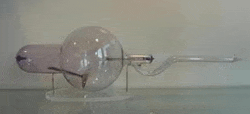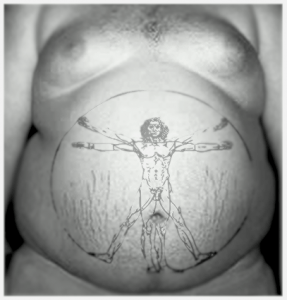The second instalment of the Conserve it! blog, written by Miriam Orsini, details the research and analysis that conservators have to undertake before they even begin to work on objects. Particularly exciting for me is the photo towards the end of this post showing one of the X-Ray tubes glowing green under UV light! I had no idea they could do this…
Probably one of the most exciting things conservators must do before they start conserving an object is researching and analysing the object itself. This is the moment when the object starts to talk to you and tells you its story. In this post we are going to share some of the pretty amazing stories which these X-Ray tubes have told us.
We started with some preliminary research using the internet and academic literature to find out more about what kind of X-Ray tubes we were dealing with, and to try to understand their functioning and to date them. We realised that the tubes represented four stages in the history of the manufacture and design of X-Ray tubes, from earlier examples to more modern models.

Example of a Jackson Tube
(From UCL Medical Physics Display)

Advert for X-Ray tubes showing a
Jackson Tube (centre)
My tube (above) is an early example of an X-Ray tube known as Jackson Tube or Focus Tube. This particular example was produced by a company based in London, Newton & Co. The presence of the company’s name and address, Fleet Street London, inscribed on the metal plate contained in the tube, led us to think that the tube was made before 1930, when the company moved from Fleet Street to Wigmore Street. (more…)
 Close
Close













